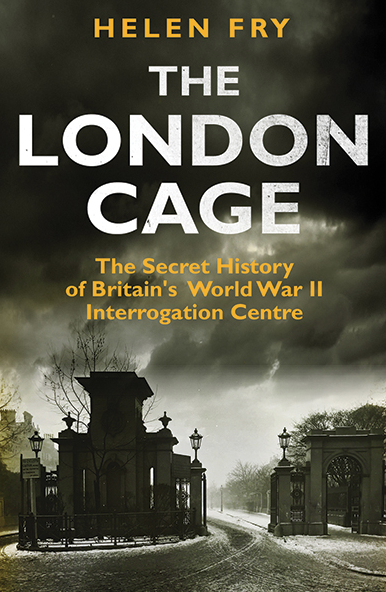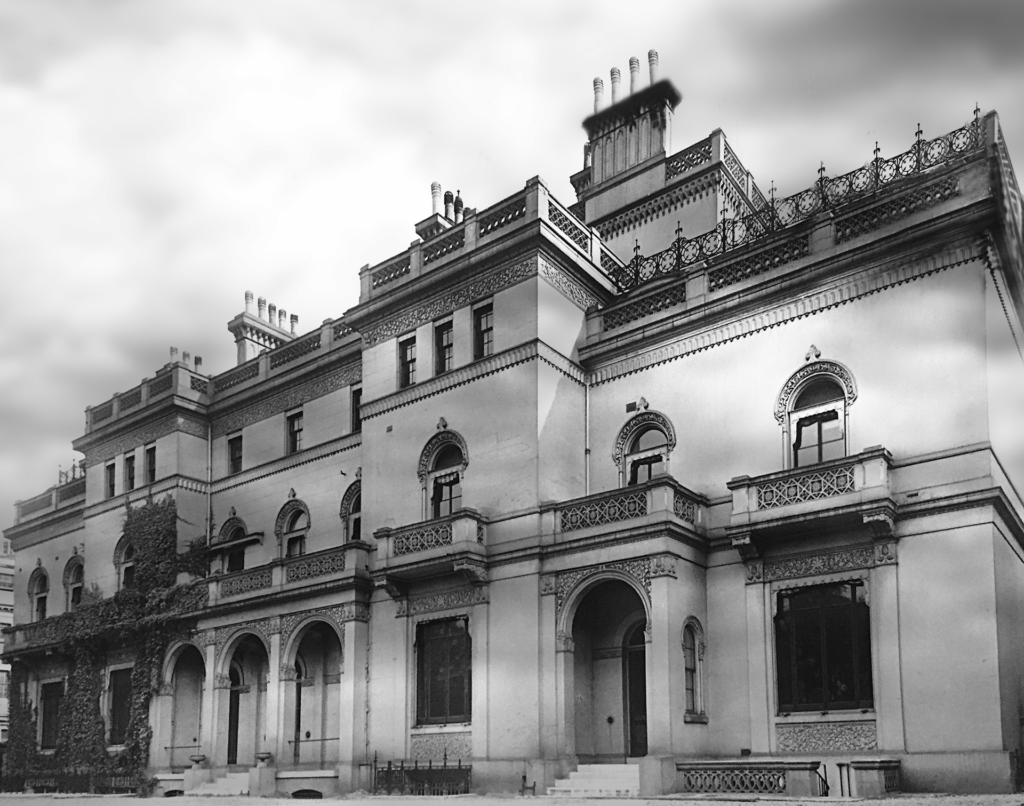 The ‘house’ in question was in Kensington Palace Gardens and, as far as its clandestine wartime function was concerned, did not officially exist. In 1940 four mansions were requisitioned to house a top secret interrogation facility for the toughest prisoners of war captured in Europe. Even today, what went on there over seventy years ago remains a sensitive subject for the intelligence services.
The ‘house’ in question was in Kensington Palace Gardens and, as far as its clandestine wartime function was concerned, did not officially exist. In 1940 four mansions were requisitioned to house a top secret interrogation facility for the toughest prisoners of war captured in Europe. Even today, what went on there over seventy years ago remains a sensitive subject for the intelligence services.
My guest in this podcast, historian and broadcaster Helen Fry, historian has just published Helen Fry: The London Cage, both during the war and subsequently, when it became the most important centre for war crimes investigations outside Germany. ‘What emerges’, she writes, ‘is an often grim picture of life inside the London cage, with fresh insights into the terrible treatment of enemy prisoners of war.’

Site of the London Cage
The Cage was run by Colonel Alexander Scotland, a man ‘disliked by most people who crossed his path’. Scotland had been held in solitary confinement by the Germans during World War I and it had left its mark:
I gained a first-hand knowledge of the hopes and fears of a prisoner-of-war so that in later years, I could guess pretty well what a German prisoner might be hoping to hide when he was interrogated, how he might conceal useful information by verbal false scents and how ultimately his ‘front’ might be broken down.
Scotland was to put that first-hand knowledge to use at the Cage. In his unpublished memoirs he indicated that ‘it was necessary to discipline tough, arrogant and impudent prisoners. We had our methods for these types.’
In this interview I talk to Helen about what went on behind the façade of Kensington Palace Gardens – including its role as a post-war centre for interrogating suspected Nazi war criminals and the use of so-called ‘truth drugs’ – and ask her about its place in the wider story of the war.
